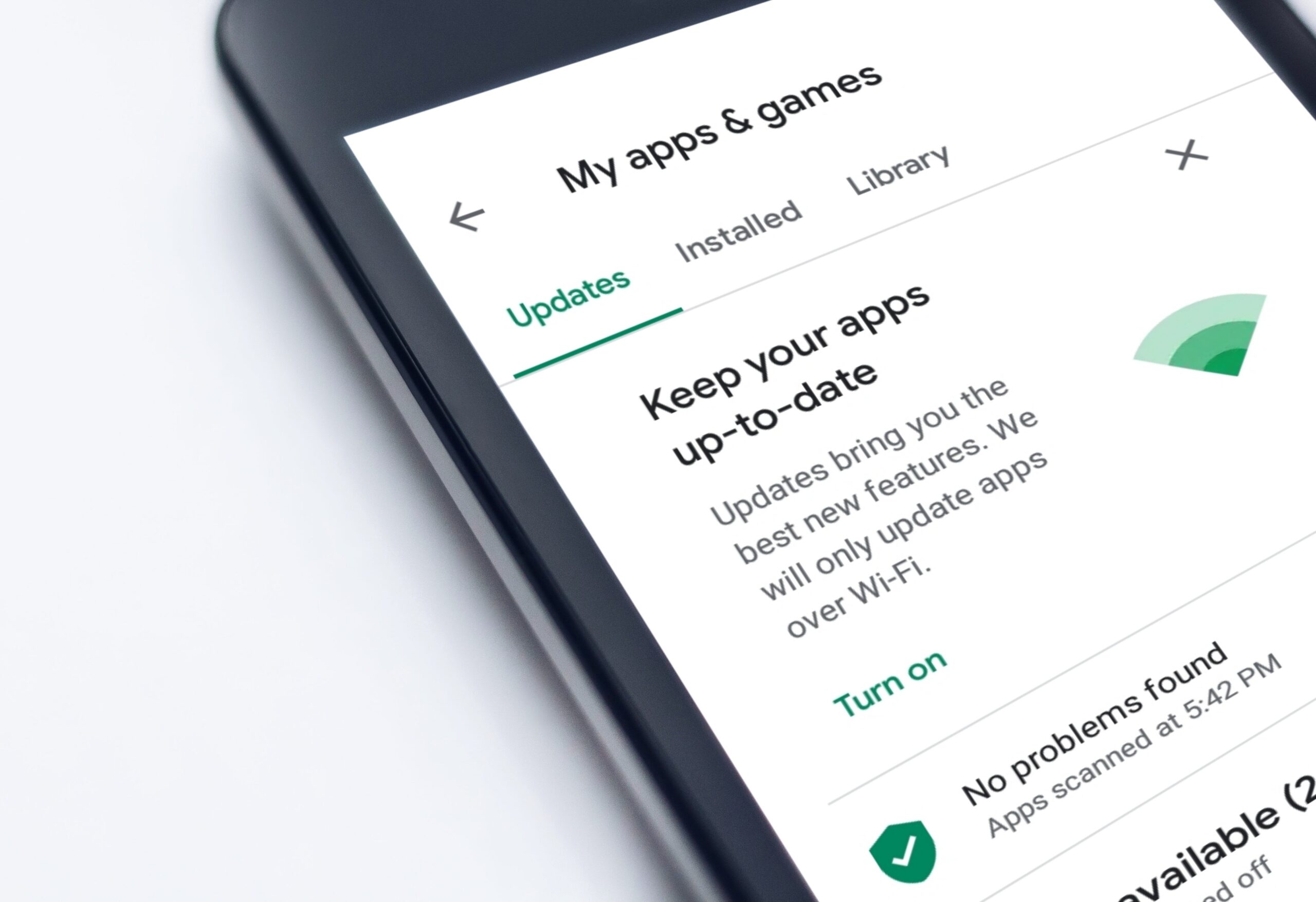Digital, data and technology are ‘integral’ to new system of setting out priorities and measuring performance
Credit: Nick Youngson/CC BY-SA 3.0/Pix4free.org
Government’s new system of annual plans to set out priorities and measure performance will require departments to make commitments to digital transformation and use various metrics to report on their progress.
Outcome Delivery Plans (ODP) were introduced last year and replaced the previous system of Single Departmental Plans.
In the months leading up to a new financial year, each department is now required to publish an ODP setting out its “priority outcomes” which must support government’s “long-term policy objectives”. This should be accompanied by “clear deliverables and metrics for measuring success”, according to official guidance from the Cabinet Office and HM Treasury.
“In areas where outcomes are shared between departments, Outcome Delivery Plans enable departments to plan together,” it added.
The first set of ODPs – setting out objectives for the 2021/22 year – were published by departments in July.
Related content
- GDS at 10: ‘The purpose that underpins our work is exactly the same’
- ‘Outstanding candidate’ identified in previous recruitment for government digital head did not take job
- Scores of GDS staff moved to new Central Digital and Data Office
In a progress update recently provided to MPs, the Cabinet Office outlined that the new Whitehall system of planning and performance-monitoring will demand that departments provide details of their digital transformation ambitions. The plans will also serve as a yardstick for their progress.
“Going forward, departmental Outcome Delivery Plans – which are signed off by permanent secretaries and ministers – will contain specific commitments on digital service transformation and departments will be asked to report against a range of metrics showing how they are seizing the full potential of digital, data and technology,” said the department, in correspondence sent to parliament’s Public Administration and Public Affairs Committee.
The initial set of ODPs published by departments last year included updates on four areas defined by the Cabinet Office as “strategic enablers” that cut across all government’s work.
‘Innovation, technology and data’ is one of the four enablers, alongside ‘workforce, skills and location, ‘delivery, evaluation and collaboration’, and ‘sustainability’.
The level of detail varies between departments, but examples of areas covered in the innovation, technology, and data sections of the 2021/22 reports include proposed new digital services, increased use of data and – in a number of cases – tackling incumbent legacy IT.
PublicTechnology asked the Cabinet Office if – as suggested by the PACAC evidence – the ODP system will incorporate new or strengthened digital metrics in future years.
“Modernising government through better use of digital, data and technology remains an integral part of departments’ Outcome Delivery Plans,” a government spokesperson said.
The letter sent by the department to PACAC claimed that the use of ODPs to support transformation plans would help meet the recommendations put forward in the Organising for Digital Delivery report – a major review of government technology and data commissioned in 2020 by the Cabinet Office and DCMS and conducted by the Digital Economy Council.
One of that report’s recommendations was to “strengthen the accountability of departments and their permanent secretaries” in delivering on digital objectives.
As well as the implementation of Outcome Delivery Plans, this recommendation is also being met via the creation of “a new Digital and Data Board at permanent-secretary level to set and drive delivery of the strategy for the digitisation of HM Government”, according to the Cabinet Office PACAC update.
The board was established by the recently created Central Digital and Data Office, which “has also established forums that regularly bring together chief digital officers, chief data officers and chief technology officers from across government with a remit to guide the development of common architectures and standards and to share best practice”, the department added.




